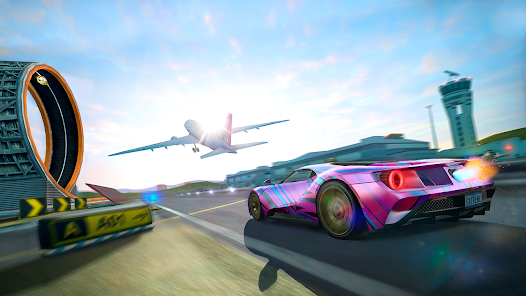Introduction to Autonomous Vehicles
Autonomous vehicles are capable of sensing their environment and navigating without human input. These cars use a combination of sensors, cameras, radar, and artificial intelligence to drive safely. One of the core technologies behind autonomous driving is reinforcement learning, a type of machine learning where an agent learns to make decisions by performing actions and receiving rewards.
Setting Up Your Environment
Before we start coding, ensure you have Python installed on your system. We will use popular libraries such as TensorFlow, OpenAI Gym, and NumPy. Install these libraries using pip:
pip install tensorflow gym numpy
Understanding Reinforcement Learning
Reinforcement Learning (RL) involves training an agent to make a sequence of decisions by rewarding it for good decisions and penalizing it for bad ones. The agent's goal is to maximize its cumulative reward over time. Key concepts in RL include:
- Agent: The learner or decision maker.
- Environment: What the agent interacts with and learns from.
- Action: What the agent can do.
- State: The current situation of the agent.
- Reward: Feedback from the environment based on the action.
Creating the Simulation Environment
We will use the OpenAI Gym library to create our simulation environment. Gym provides various environments for testing and developing RL algorithms. Here is a basic example to get started:
import gym
env = gym.make('CarRacing-v0')
env.reset()
for _ in range(1000):
env.render()
action = env.action_space.sample()
env.step(action)
env.close()

Building the Neural Network
We will use TensorFlow to build our neural network. The network will take the current state of the car as input and output the best action to take. Below is a simple neural network model:
import tensorflow as tf
from tensorflow.keras.models import Sequential
from tensorflow.keras.layers import Dense, Flatten
def build_model(input_shape, action_space):
model = Sequential()
model.add(Flatten(input_shape=input_shape))
model.add(Dense(24, activation='relu'))
model.add(Dense(24, activation='relu'))
model.add(Dense(action_space, activation='linear'))
model.compile(loss='mse', optimizer=tf.keras.optimizers.Adam(lr=0.001))
return model

Training the Model
We will use the DQN (Deep Q-Network) algorithm to train our model. The agent will learn by exploring the environment and updating its knowledge based on the rewards received. Here is a simplified training loop:
import numpy as np
def train_model(env, model, episodes=1000):
for episode in range(episodes):
state = env.reset()
state = np.reshape(state, [1, state_size])
for time in range(500):
env.render()
action = np.argmax(model.predict(state))
next_state, reward, done, _ = env.step(action)
next_state = np.reshape(next_state, [1, state_size])
model.fit(state, reward, epochs=1, verbose=0)
state = next_state
if done:
print(f"Episode: {episode}/{episodes}, Score: {time}")
break
train_model(env, model)
Evaluating the Model
After training, we evaluate the model by testing its performance in the environment. The goal is to see how well the agent has learned to navigate the track. Here is a simple evaluation loop:
def evaluate_model(env, model, episodes=10):
for episode in range(episodes):
state = env.reset()
state = np.reshape(state, [1, state_size])
total_reward = 0
for time in range(500):
env.render()
action = np.argmax(model.predict(state))
next_state, reward, done, _ = env.step(action)
state = np.reshape(next_state, [1, state_size])
total_reward += reward
if done:
break
print(f"Episode: {episode+1}/{episodes}, Total Reward: {total_reward}")
evaluate_model(env, model)


